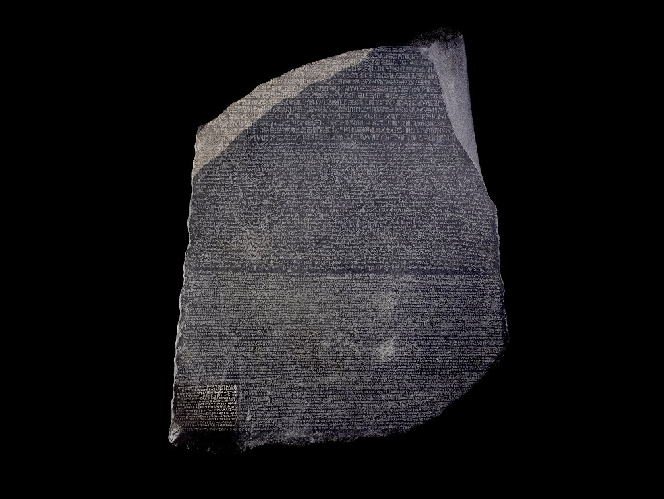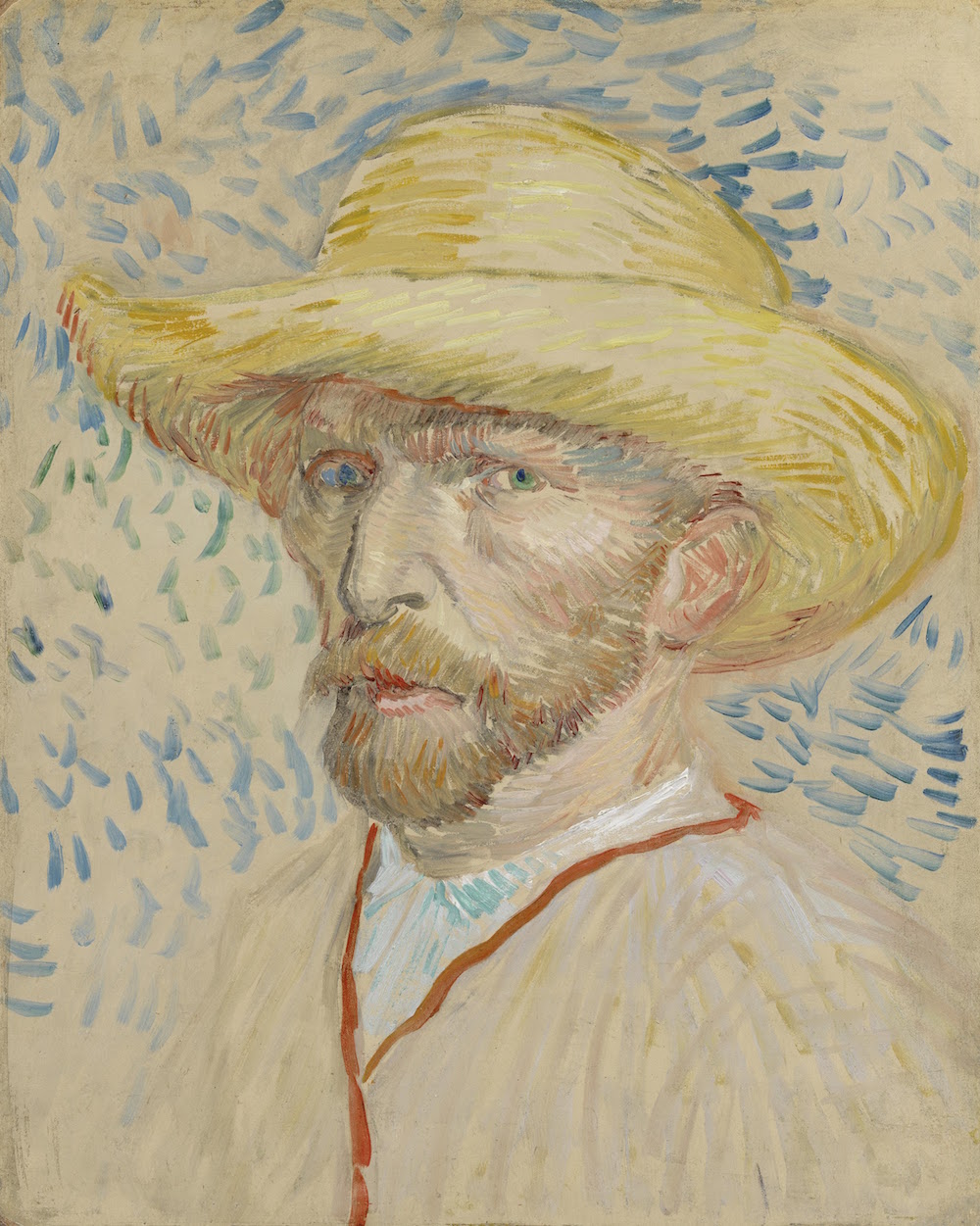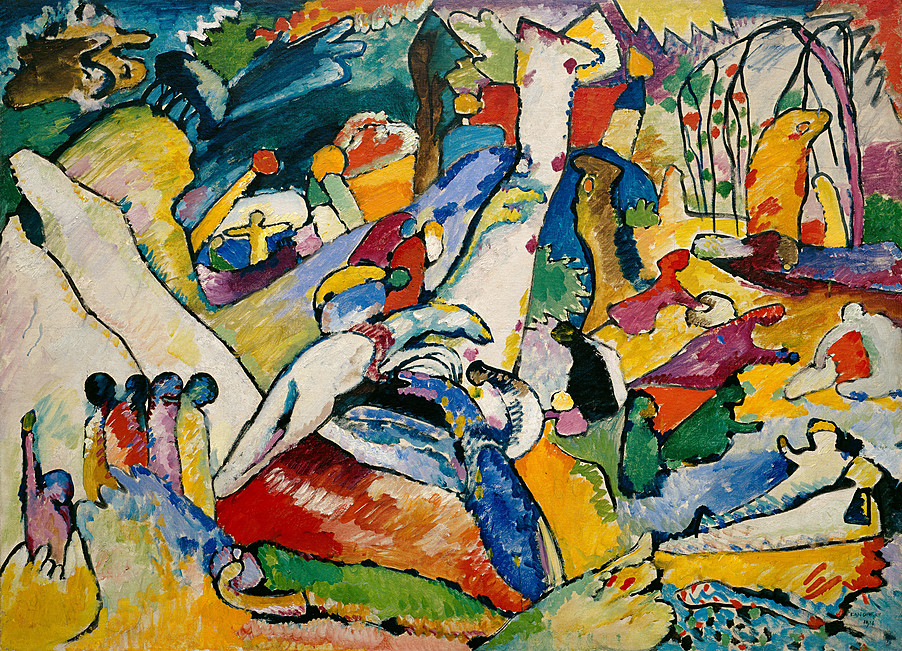
Since the first stirrings of the internet, artists and curators have puzzled over what the fluidity of online space would do to the experience of viewing works of art. At a conference on the subject in 2001, Susan Hazan of the Israel Museum wondered whether there is “space for enchantment in a technological world?” She referred to Walter Benjamin’s ruminations on the “potentially liberating phenomenon” of technologically reproduced art, yet also noted that “what was forfeited in this process were the ‘aura’ and the authority of the object containing within it the values of cultural heritage and tradition.” Evaluating a number of online galleries of the time, Hazan found that “the speed with which we are able to access remote museums and pull them up side by side on the screen is alarmingly immediate.” Perhaps the “accelerated mobility” of the internet, she worried, “causes objects to become disposable and to decline in significance.”

Fifteen years after her essay, the number of museums that have made their collections available online whole, or in part, has grown exponentially and shows no signs of slowing. We may not need to fear losing museums and libraries—important spaces that Michel Foucault called “heterotopias,” where linear, mundane time is interrupted. These spaces will likely always exist. Yet increasingly we need never visit them in person to view most of their contents. Students and academics can conduct nearly all of their research through the internet, never having to travel to the Bodleian, the Beinecke, or the British Library. And lovers of art must no longer shell out for plane tickets and hotels to see the precious contents of the Getty, the Guggenheim, or the Rijksmuseum. For all that may be lost, online galleries have long been “making works of art widely available, introducing new forms of perception in film and photography and allowing art to move from private to public, from the elite to the masses.”

Even more so than when Hazan wrote those words, the online world offers possibilities for “the emergence of new cultural phenomena, the virtual aura.” Over the years we have featured dozens of databases, archives, and online galleries through which you might virtually experience art the world over, an experience once solely reserved for only the very wealthy. And as artists and curators adapt to a digital environment, they find new ways to make virtual galleries enchanting. The vast collections in the virtual galleries listed below await your visit, with close to 2,000,000 paintings, sculptures, photographs, books, and more. See the Rosetta Stone at the British Museum (top), courtesy of the Google Cultural Institute. See Van Gogh’s many self-portraits and vivid, swirling landscapes at The Van Gogh Museum. Visit the Asian art collection at the Smithsonian’s Freer and Sackler Galleries. Or see Vassily Kandinsky’s dazzling abstract compositions at the Guggenheim.
And below the list of galleries, find links to online collections of several hundred art books to read online or download. Continue to watch this space: We’ll add to both of these lists as more and more collections come online.
Art Images from Museums & Libraries
- Art Institute of Chicago (44,000 images)
- Google Art Project (250,000)
- Harvard Bauhaus Collection (30,000)
- L.A. County Museum (20,000)
- New York Public Library-Historic Maps (20,000)
- Norway National Museum (30,000)
- Paris Art Museums (300,000)
- SFMoMA Rauschenberg Collection
- Stanford University’s Cantor Art Center (45,000)
- Stanford University’s French Revolution Collection (14,000)
- Taipei’s National Palace Museum (70,000)
- The British Library (100,000)
- The British Museum (4,200)
- The Cleveland Museum of Art (30,000)
- The Isamu Noguchi Museum (60,000)
- The Getty (100,000)
- The Guggenheim (1,600)
- The Met (400,000)
- The Morgan Library & Museum’s Online Collection (10,000)
- The Morgan Library Rembrandt Sketches (300)
- The Museum of Modern Art/MoMA (65,000)
- The Museum of New Zealand (30,000)
- The National Gallery (35,000)
- The New York Public Library: Photos, Maps, Letters (180,000)
- The Rijksmuseum (210,00)
- The Smithsonian (40,000)
- The Tate (70,000)
- The Whitney (21,000)
- The Van Gogh Museum (3500)
- Yale Center for British Art
- Yale’s Great Depression Photo Collection (170,000)
- Vermeer (36)
Art Books
- The Getty (250 books)
- The Guggenheim (98)
- The Met (448)
- Getty Research Portal (100,000)
Related Contents:
Download 448 Free Art Books from The Metropolitan Museum of Art
The Metropolitan Museum of Art Puts 400,000 High-Res Images Online & Makes Them Free to Use
Free: The Metropolitan Museum of Art and the Guggenheim Offer 474 Free Art Books Online
Josh Jones is a writer and musician based in Durham, NC. Follow him at @jdmagness


Too many! The internet seems unlimited. Time isn’t. ;-)
Auckland Museum, NZ (60,000)
I need o see some paintings by Georgia O’Keeffe for a project. How do I do a search? He one at the top of the page is not working for me
Thanks
And yet, nothing can compare to the impact of the actual work of art seen in person. An image on a computer screen tells us nothing about size, texture, dimensionality, current condition or physical presence of the art work. The internet is merely a tool, not a substitute for personal experience.
I am a young teenager no money but would like to know more about I love to draw and am really good( my Dad and Aunt says so). My Dad went to art college in Toronto and my aunt is an artist, still taking lessons from a wonderful marine artist of many years
I need to get into an artist community and find my niche and need some inspiration .
Ian graves
Chicago:
https://www.artic.edu/collection?is_public_domain=1
i need this book from free download
International dance conference from the perspective of Abrahamic and non-Abrahamic religions
Hello dear
I am Ali Rezaei from Qom, Iran. The subject of my PhD thesis was “Dance based on Shia Jafari jurisprudence”. This thesis was presented in the seminary of Qom. In this thesis, which became a book, important topics are discussed: the history of dance in Islam. Traditions of prohibition and permission of dancing in Shia and Sunni. Prohibition and permission of dancing in Shia and Sunni jurisprudence. Examining new dances from the point of view of Shia jurisprudence; Such as artistic dances, school dances, therapeutic dances, sports dances and religious dances such as Sama dance. This research, with its scope, still needs additional research and discussion with experts.
Some topics that need more research and discussion with university and dance experts are: individual freedom and religious restrictions with a dance approach, the history of dealing with the phenomenon of dance in Abrahamic religions (Islam, Judaism, Christianity), the nature. Dance and its functions in non-Abrahamic religions (Hinduism, Buddhism, Shinto, Tao, Confucianism, etc.), femininity of dance: from the perspective of history and culture, the nature of sports dances and its types, the nature of therapeutic dance and its function, the role of dance in the system Elementary education with the approach of sports dances, the cultural or political nature of dance and the taboo nature of dance in religious societies, investigating the tendency to dance in non-Abrahamic religions.
I hope that with your cooperation I can complete this research and publish it internationally. This research is not supported scientifically and financially in Iran due to the hatred of dance. I look forward to your help and I hope that with your cooperation, we will establish a scientific-religious cooperation.
Reminder:
1. The publication and translation of books on the topic of dance is allowed under copyright.
2. This book and the plan of the international conference “Dance from the perspective of Abrahamic and non-Abrahamic religions” have been sent to universities, dance companies and the UNESCO organization, and you are not alone in supporting this plan and conference.
3. The book report and the result of this research will be presented at the international dance conference, and if needed, it will be taught in a short course at your university or institute.
4. The femininity of dance and women is an important issue in the discussion of dance from the point of view of Islamic religion and Islamic history. Now extreme Muslims (Shia and Sunni) have a problem with female dancers and punish them for dancing. Islamic traditions are also different about women’s dance. This issue is the most important challenge of Islam and Abrahamic religions in research and social issues related to dance.
5. International Dance Conference:
A) This conference is in collaboration with UNESCO (representing the world community), the Vatican (representing Christianity), Azhar University in Egypt (representing Sunnis), Najaf Ashraf Seminary (representing Jafari Shiites) and the Union of Rabbis of Islamic Countries. will be held. held by the Jews).
b) This conference is held every two years in one of the five continents. Its permanent secretariat is at the World Dance Organization in Paris.
c) The purpose of holding this conference is to clear the confusion of art, music and dance from the point of view of scholars of Abrahamic and non-Abrahamic religions.
d) This conference will be held with the presence of scholars and university professors and dance theorists.
e) This conference will have four main commissions: religion and dance, women and dance, history and dance, society (culture) and dance.
f) The expenses of the conference are provided by charities and universities and it has no government or religious affiliation.
g) In addition to this scientific conference, television programs and documentaries with the presence of experts will be produced and broadcast about the various aspects of dance from the perspective of Abrahamic religions and in the history and today of Islamic societies (Shia and Sunni).
h) This meeting will be a model for other challenging cultural and artistic issues in Abrahamic and non-Abrahamic religions. Topics such as: Women’s identity in Abrahamic literature. Music in Abrahamic religions, clothing and clothing in Abrahamic religions, painting and sculpture in Abrahamic religions. Games and entertainment in Abrahamic religions. Happiness in Abrahamic religions
j) This meeting will bring the convergence of religions and religions in challenging cultural-artistic issues and will turn your institution into a center for the discussion of civilizations and religions and the center of discourse of religions and religions. This international event will be your honor and I will be happy to share in this honor. I hope for your wise decision and the center. A decision that will have strong media coverage and will affect several billions of followers of different religions and inform all of them about the participants of the conference and this conference.
Ali Rezaei
Iran. Qom
Resume summary
Year of birth: 1971
Place of birth: Najaf Ashraf, Iraq
Iranian nationality
Occupation: researcher and writer: screenwriter, expert in Islamic history and Shiite jurisprudence.
Degree: Ph.D. from the seminary of Qom (with the title of dance from the point of view of the Jafari sect)
Master’s degree: Faculty of Broadcasting, Qom branch
Religious sciences: participation in the advanced courses of Ayatollah Vahid Khorasani, the late Ayatollah Javad Tabrizi, Seyyed Ahmed Madi Mousavi (jurisprudence and principles).
Address: Iran. Qom. Rouhani St
Kausar4. Number 326.
tel:0098–9198516612
Hello.…..
I am a collage artist and would like to know:
How do I search for themed images using this website?
How do I access images on this website?
Appreciatively,
Frances Joy Bradbury